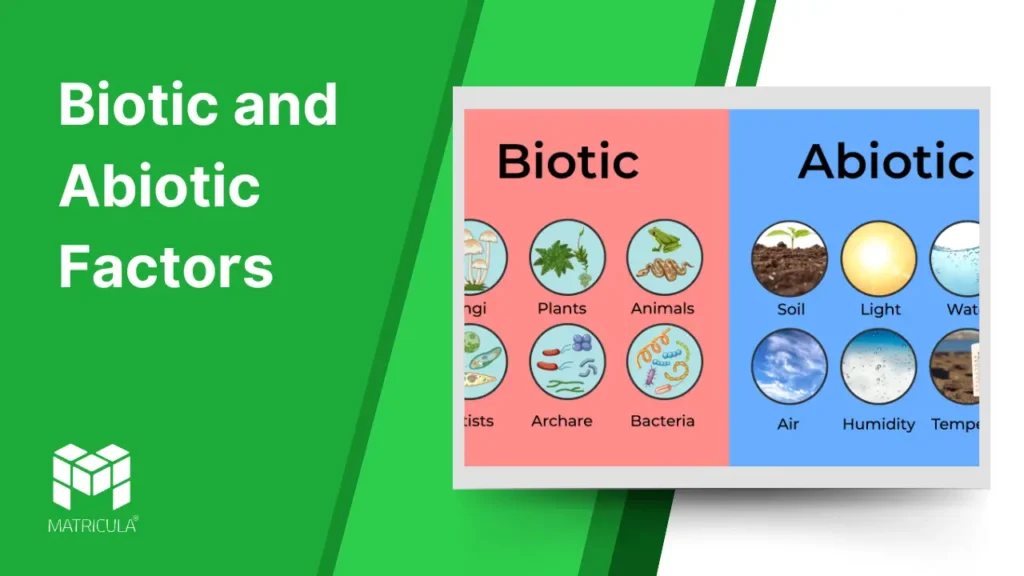Ecosystems are dynamic systems formed by the interaction of living and non-living components. These components can be categorized into biotic and abiotic factors. Together, they shape the structure, functionality, and sustainability of ecosystems. Understanding these factors is crucial to studying ecology, environmental science, and the intricate relationships within nature.
Biotic Factors
Biotic factors are the living components of an ecosystem. These include organisms such as plants, animals, fungi, bacteria, and all other life forms that contribute to the biological aspect of the environment.
Categories of Biotic Factors:
Producers (Autotrophs): Organisms like plants and algae that synthesize their own food through photosynthesis or chemosynthesis.
Consumers (Heterotrophs): Animals and other organisms that rely on consuming other organisms for energy. They can be herbivores, carnivores, omnivores, or decomposers.
Decomposers and Detritivores: Fungi and bacteria that break down dead organic matter, recycling nutrients back into the ecosystem.
Role of Biotic Factors:
Energy Flow: Producers, consumers, and decomposers drive energy transfer within an ecosystem.
Interdependence: Interactions like predation, competition, mutualism, and parasitism maintain ecological balance.
Population Regulation: Species interactions regulate populations, preventing overpopulation and resource depletion.
Examples of Biotic Interactions:
- Pollinators like bees and butterflies aid in plant reproduction.
- Predator-prey relationships, such as lions hunting zebras.
- Symbiotic relationships, such as fungi and algae forming lichens.
Abiotic Factors
Abiotic factors are the non-living physical and chemical components of an ecosystem. They provide the foundation upon which living organisms thrive and evolve.
Key Abiotic Factors:
Climate: Temperature, humidity, and precipitation influence species distribution and survival.
Soil: Nutrient composition, pH levels, and texture affect plant growth and the organisms dependent on plants.
Water: Availability, quality, and salinity determine the survival of aquatic and terrestrial life.
Sunlight: Essential for photosynthesis and influencing the behavior and physiology of organisms.
Air: Oxygen, carbon dioxide, and other gases are critical for respiration and photosynthesis.
Impact of Abiotic Factors:
Habitat Creation: Abiotic conditions define the types of habitats, such as deserts, forests, and aquatic zones.
Species Adaptation: Organisms evolve traits to adapt to specific abiotic conditions, like camels surviving in arid climates.
Ecosystem Dynamics: Abiotic changes, such as droughts or temperature shifts, can significantly alter ecosystems.
Examples of Abiotic Influence:
- The role of sunlight and CO2 in photosynthesis.
- River currents shaping aquatic habitats.
- Seasonal temperature changes triggering animal migration.
Interactions Between Biotic and Abiotic Factors
Biotic and abiotic factors are interconnected, influencing each other to maintain ecosystem equilibrium. For example:
- Plants (biotic) rely on soil nutrients, water, and sunlight (abiotic) to grow.
- Animals (biotic) depend on water bodies (abiotic) for hydration and food sources.
- Abiotic disturbances like hurricanes can affect biotic populations by altering habitats.




